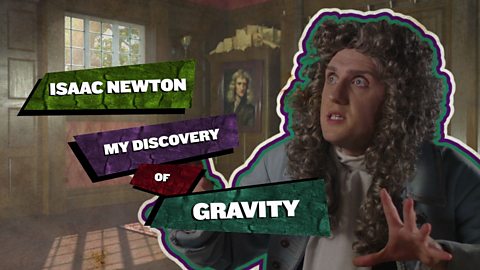Whatts uppp… I am Nicolaus Copernicus, the Polish astronomer, scientist and priest, and I am the man who has put the Sun at the centre of the Universe! So I know my BIG theory is a little controversial and most people think that the Earth is at the centre of the Universe BUT hear me out before you decide to unsubscribe!
OK, so up until now, in 1513, we have learnt and followed the theories of two great Greek philosophers and scientists. So their views of the solar system are that the Earth is at the centre, and that the Sun and other planets orbit us. You all still with me?? Good! But what if this wasn't true! I know - shock, horror! I bet some of you have just fallen off your chairs! What if in fact the Sun is the centre of the solar system and all the planets, including the Earth, circle the Sun in orbits!
My celestial model is called the Heliocentric planetary system. I know that is a mouthful! Heliocentric means centred around the Sun. That, my friends, is exactly what I think happens.
So in Italy whilst I was at University studying and now I am here in Poland I have been putting into practice my scientific method. The first thing I did was ask myself the question; Is the Earth really at the centre of the solar system?! And then I began to research the existing theories from Aristotle and Ptolemy. Based on this I then created my own theory or hypothesis as it's often called. This hypothesis was placing the Sun at the centre.
Then I carried out my observations of the planets and the solar system, looking at how they moved through the sky. I observed and documented my findings over months, even years. Then I finally concluded the way the Sun moves around in the day and the planets move around the sky at night I realised that my hypothesis was correct.
And just before you think that is all I have got to share, I also think that the Earth spins on its own axis. Basically while you watch this vlog the Earth is spinning. How cool is that!! Do you not think it is totally crazy what is happening to our planet?!
Being a Canon in the church and a man of the cloth, I am not so sure my findings will go down very well! I have however been working on an equation to prove that my findings are correct but I do not want to bore you with that right now. You have enough to get your heads around!
Just before I go, remember that the planets are not orbiting around us, we are all moving together around the sun, even when it's dark. Amazing what we can find when using observations. What will you discover? I will post again soon to update you on my progress but in the meantime do not forget to hit like! Byeeee byeeee
Video summary
This film shows how Nicolaus Copernicus; an early astronomer, scientist and priest in Poland, thought the sun was at the centre of the solar system.
This theory was known as the heliocentric model. It was controversial, as accepted wisdom at the time (supported by the church) was that Earth was at the centre of the universe.
In this vlog style film, he compares his ideas with Aristotle and Ptolemy, who believed the celestial model of Earth at the centre of the solar system, with the sun and other planets in its orbit.
This clip is from the series Scientists and their discoveries.
Teacher Notes
As a starter to introduce a practical science activity, you could write a simple quiz to encourage pupils to capture the keywords shown in the video.
Pupils can write their own definitions from these words using the internet or science dictionaries to improve their scientific vocabularies.
To consolidate their knowledge, you could get pupils to make booklets that include key information about the work of Nicolaus Copernicus.
They could define the keywords featured in the film, and find five or more pieces of additional pieces of information about the work of the scientists using books, encyclopedias or the internet.
Suitable for teaching Science at Key Stage 2 in England, Wales and Northern Ireland and at 2nd Level in Scotland. They also have cross-curricular links with History and Literacy.
The work of the ‘father of optics’ Alhazen. video
This vlog style film introduces the work of Alhazen, and the scientific discoveries that he made about optics and the eye.
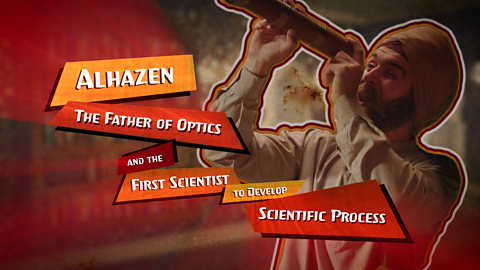
The work of Mary Anning. video
This vlog style film explores the work of Mary Anning; the famous paleontologist and fossil hunter.

The work of Charles Darwin and Alfred Wallace. video
This vlog style film looks at how Charles Darwin and Alfred Wallace came up with the theory of evolution and natural selection.
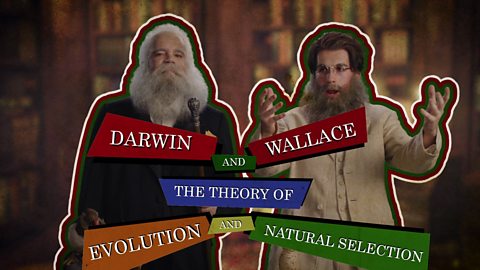
The work of Galileo Galilei. video
This vlog style film explores the work of Galileo Galilei around forces, and how they work.
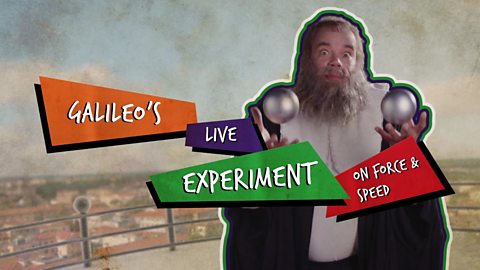
The work of Caroline and William Herschel. video
This vlog style film introduces the work of Caroline Herschel and and her brother William Herschel.
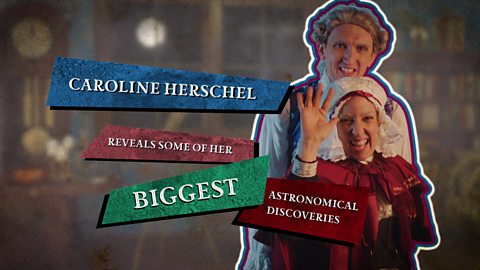
The work of Andre Geim and Konstantin Novoselov. video
This vlog style film explores how two Russian scientists, Geim and Novoselov, accidentally discovered a 'wonder material' called graphene.
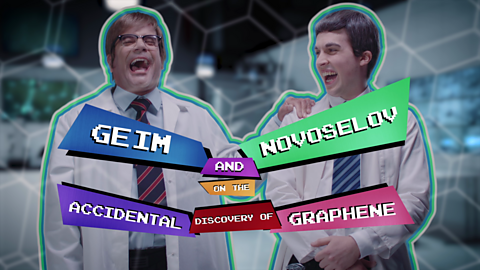
The work of Carl Linnaeus. video
This vlog style film introduces the work of Swedish scientist, Carl Linnaeus. He talks about his scientific method - taxonomy - used for classifying plants, animals and stones.
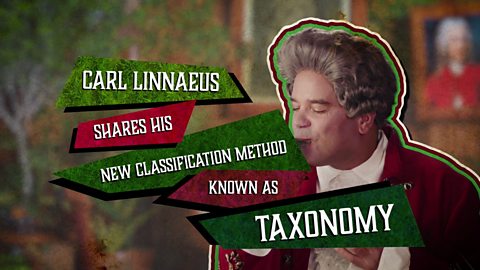
The work of Sir Isaac Newton. video
This vlog style film explores the work of Sir Isaac Newton as a physicist and astronomer, and how he made one of his biggest discoveries - gravity.
